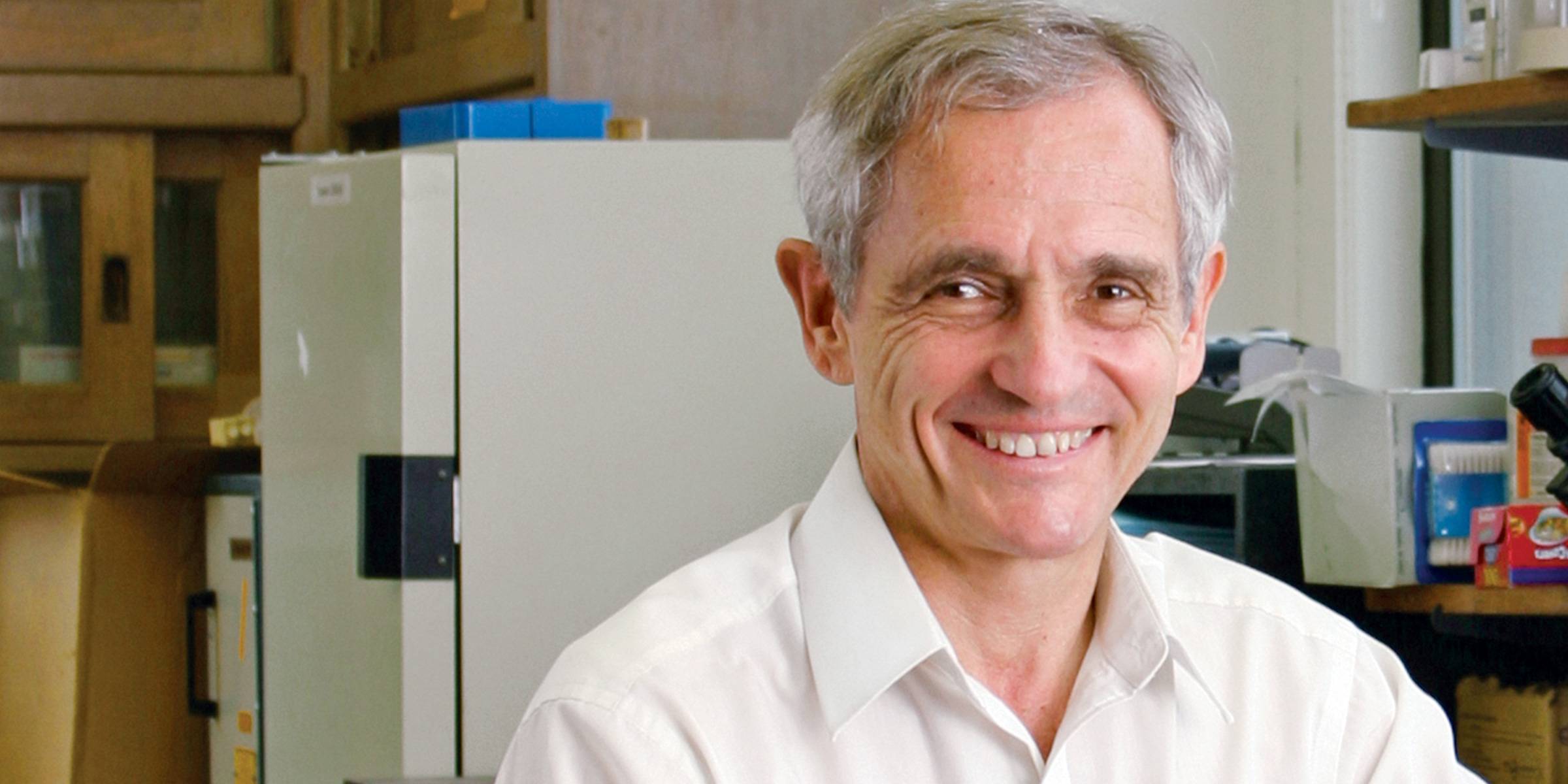The Pfaff lab began by asking whether it is possible to demonstrate the mechanisms causing the production of a vertebrate behavior. The answer is yes. Together with his team, Pfaff worked out the mechanisms which produce a simple social behavior essential for reproduction. The work proceeded in four steps: (i.) discover hormone receptors in the brain; (ii.) work out the neural circuitry; (iii.) show facilitation of behaviorally relevant gene expression by the behaviorally-effective steroid hormone (an estrogen); (iv.) demonstrate that knocking out the genes for estrogen receptors or estrogen-sensitive genes significantly reduces the social behavior. Thus, working out mechanisms for a vertebrate (here, a mammalian) behavior is proven possible.
Having worked out the motivational mechanism for one behavior, the Pfaff lab expanded their focus to ask: Does there exist a form of motivation which helps to initiate all behaviors? The lab formulated the concept of generalized CNS arousal (GA), produced evidence that it exists, and has been working on it in three ways. They started by showing that giant medullary reticular formation neurons foster GA. They are working to differentiate SY5Y cells into dopaminergic neurons, given that dopamine is an essential arousal signal. They will also study arousal effects of noradrenergic neurons, using simple mathematical tools in the data analysis.
Pfaff is also overseeing the publication of the third edition of his textbook Neuroscience in the 21st Century, provided free of charge to medical and grad students and other scholars in economically developing countries.
Pfaff received his A.B. from Harvard University, magna cum laude, and his Ph.D. from Massachusetts Institute of Technology. He was a postdoc at MIT before joining Rockefeller as a postdoc in 1966. He became a member of the faculty in 1969. He is a member of the National Academy of Sciences and a fellow of the American Academy of Arts and Sciences.
